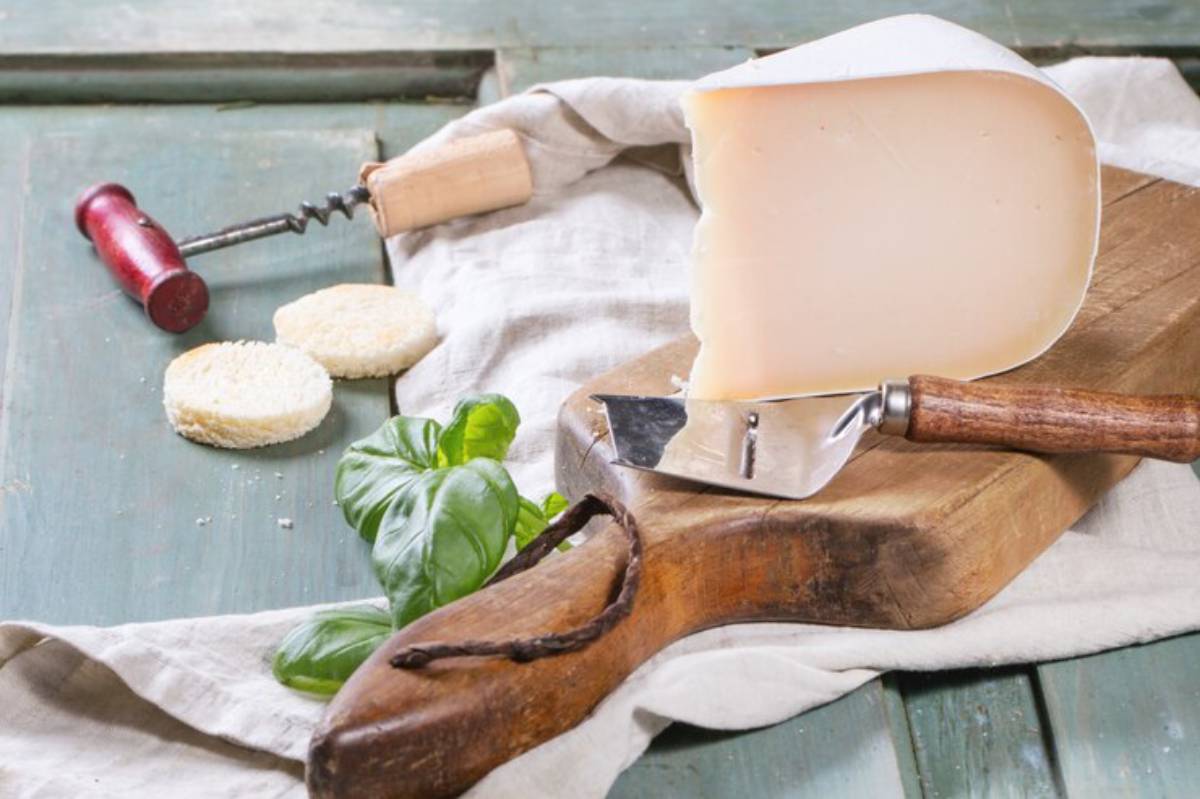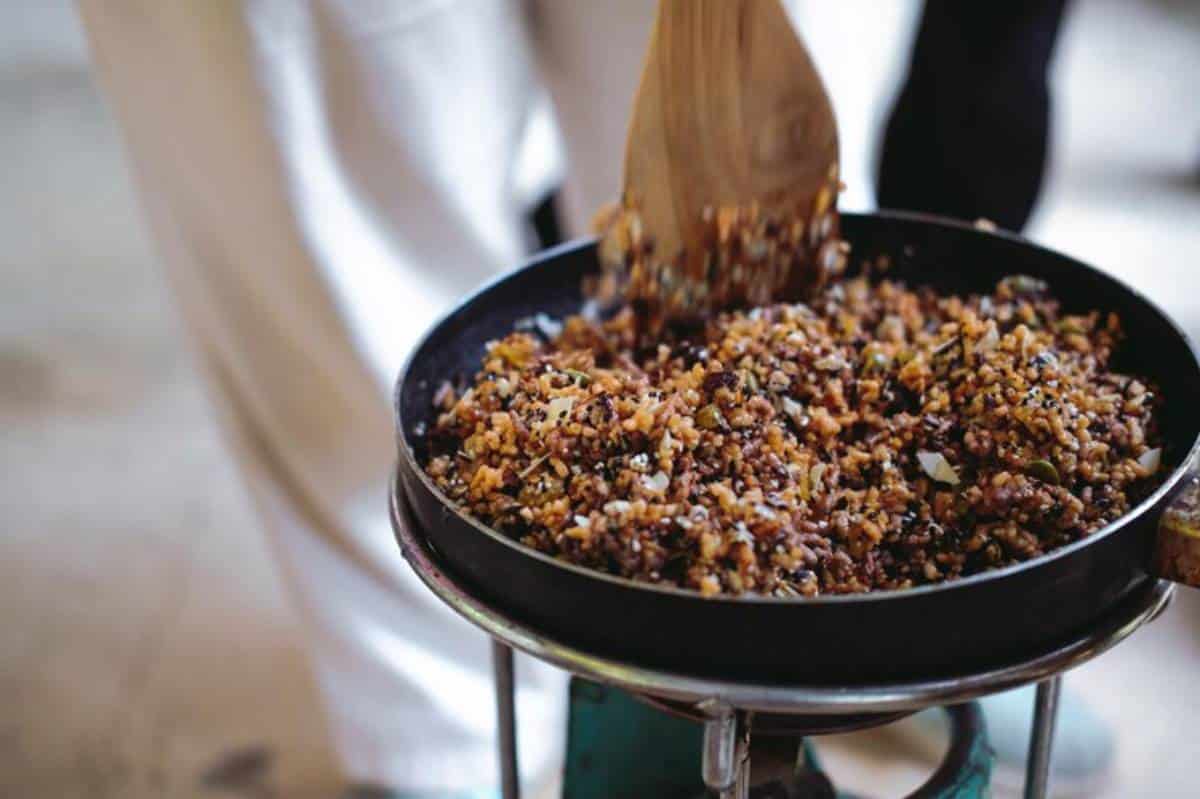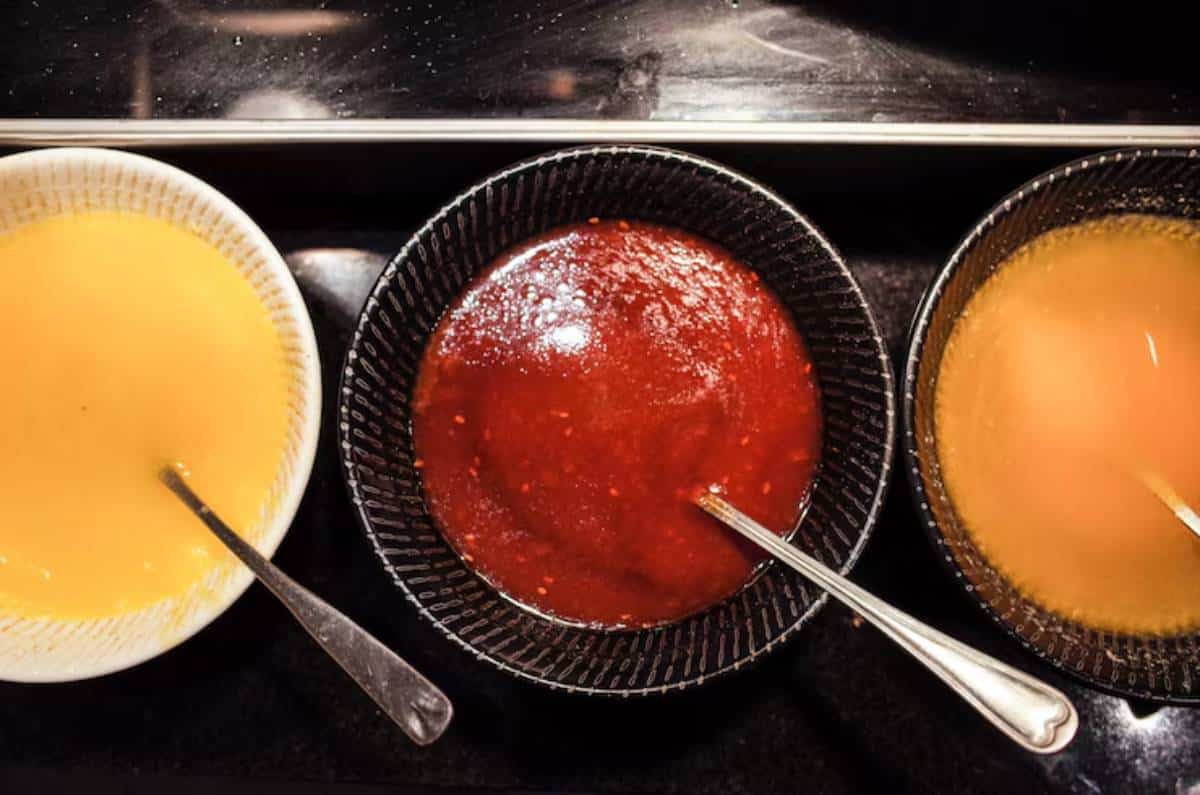
Emulsion-Based Sauces: Mastering Texture
Where Texture Meets Technique
There’s a certain kind of magic that happens in your mixing bowl when oil and water, two natural enemies, come together as one. It’s the culinary sleight of hand known as an emulsion, and if you’ve ever whisked together a silky vinaigrette or spread creamy homemade mayo on a sandwich, you’ve already experienced its charm.
But emulsions aren’t just about blending liquids. They’re about texture mastery. They transform raw ingredients into rich, glossy sauces that coat food beautifully and carry flavour in every bite.
Whether you’re making a simple salad dressing or a luxurious hollandaise, understanding how emulsions work can dramatically upgrade your home cooking. In this guide, we’ll break down the science, show you how to keep your sauces stable, and explore the many ways emulsions show up across gourmet cooking. You’ll come away with the confidence to whisk, shake, or blend your way to sauce success.
What Exactly Is an Emulsion?
The Science in Your Sauce
At its core, an emulsion is a mixture of two unmixable liquids — usually oil and water (or vinegar, or lemon juice). With the help of an emulsifier and mechanical force (whisking, blending, shaking), you suspend one liquid into the other in tiny droplets.
Common emulsifiers include:
- Egg yolks (mayonnaise, hollandaise)
- Mustard (vinaigrettes)
- Soy lecithin (some modernist sauces)
- Garlic or miso paste (natural stabilisers)
When done right, you get sauces that are creamy, thick, and stable — sauces that don’t split, separate, or feel greasy.
Two Types of Emulsions
1. Temporary Emulsions
These combine easily but quickly separate without constant agitation.
Examples:
- Simple vinaigrette (oil + vinegar)
- Citrus dressings
- Pan sauces with fat and deglazing liquid
Best used immediately and whisked just before serving.
2. Permanent (or Semi-Permanent) Emulsions
These are held together with the help of stabilisers or emulsifying agents and stay intact longer.
Examples:
- Mayonnaise
- Hollandaise
- Béarnaise
- Aioli
- Buttermilk ranch
These sauces can last hours or even days when made and stored correctly.
Texture Matters: Why Emulsions Feel So Good
Think about the difference between dipping a chip into straight oil versus dipping it into aioli. That luxurious cling, that velvety mouthfeel — it’s all about emulsion texture.
A stable emulsion delivers:
- Mouth-coating richness without greasiness
- Even flavour distribution across every bite
- Visual appeal with smoothness and gloss
- Shelf stability in some cases (e.g. bottled dressings or mayo)
When a sauce breaks, you feel it immediately — the separation ruins the texture, and often the taste.
Emulsion Sauces in Gourmet Cooking
Let’s look at how emulsion-based sauces show up in various dishes — and why they’re beloved in fine dining.
Mayonnaise & Derivatives
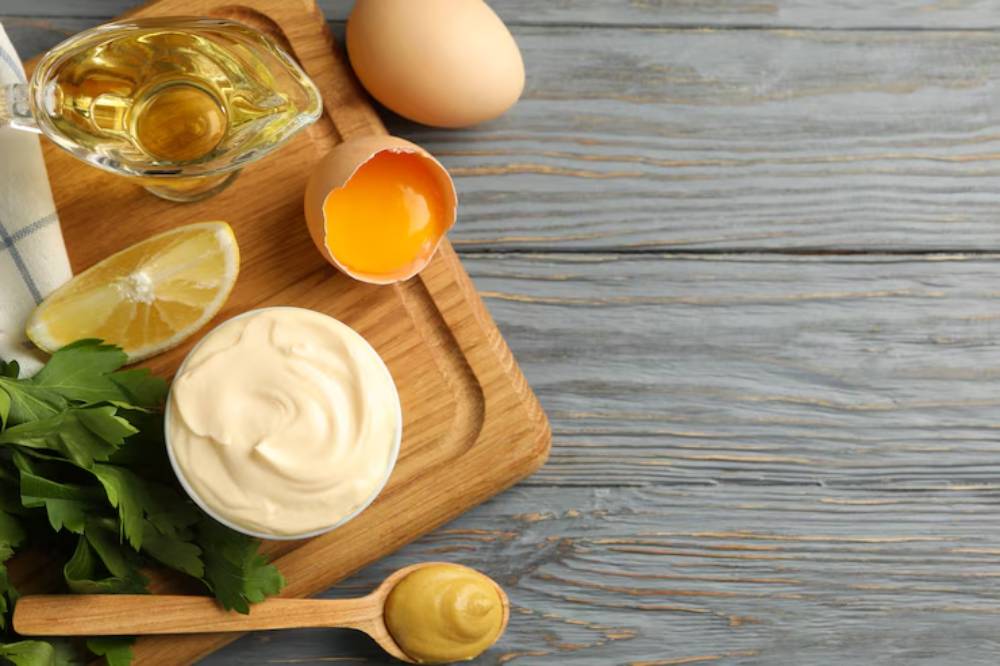
Base ingredients: Egg yolk, oil, vinegar or lemon juice
Texture: Thick, spoonable, creamy
Gourmet uses:
- As a base for tartare, remoulade, and aioli
- On canapés with smoked fish
- In potato salads or dressed crab
Hollandaise
Base ingredients: Egg yolk, butter, lemon juice
Texture: Warm, velvety, pourable
Gourmet uses:
- Over eggs Benedict
- With asparagus or green beans
- On poached salmon
If you want to dive deeper into hollandaise and its herbaceous cousin, béarnaise, our gourmet sauce base guide breaks down technique, pairing ideas, and common pitfalls.
Vinaigrette
Base ingredients: Oil, vinegar (or citrus), mustard
Texture: Light, glossy, coat-worthy
Gourmet uses:
- On salad leaves or grilled vegetables
- Drizzled over seafood
- As a marinade for meats or cheese
You can easily elevate vinaigrettes with infused oils, rare vinegars, or gourmet emulsifiers like black garlic paste or preserved lemon purée.
Aioli
Base ingredients: Garlic, egg yolk, olive oil
Texture: Thick and bold
Gourmet uses:
- With fries or roast potatoes
- On burgers or sliders
- As a dip for crusty bread or seafood
Once you’ve made aioli by hand, jarred versions will never taste the same again.
Building a Stable Sauce Emulsion
Key Factors
To create a strong and stable emulsion:
- Use room temperature ingredients — Cold ingredients resist emulsifying
- Start with the water phase (vinegar, egg yolk, lemon juice)
- Add oil slowly — Start with droplets, then build speed
- Whisk constantly — Mechanical force distributes the fat properly
- Use a stable emulsifier — Egg yolk, mustard, or garlic are common
Even with proper technique, some emulsions naturally have shorter lifespans. Keep them fresh and covered until needed.
Tools That Help
The right tool can make emulsifying easier and more consistent.
- Balloon whisk: Best for classic French sauces
- Hand blender: Great for mayo or aioli in a beaker
- Food processor: Ideal for bulk emulsions like Caesar dressing
- Jar with lid: Perfect for quick vinaigrettes (just shake and serve)
For hollandaise and béarnaise, a double boiler (bain-marie) helps keep the heat gentle and even.
Emulsion Flavour Pairings
Matching the right texture to the right dish makes all the difference.
Here are a few ideas to get you started:
| Sauce Type | Pair With | Bonus Tip |
| Classic vinaigrette | Rocket, endive, goat’s cheese | Add honey or fig for sweetness |
| Aioli | Calamari, roast veg, sandwiches | Mix with roasted red pepper for colour |
| Hollandaise | Eggs, fish, green veg | Whisk in smoked paprika or mustard |
| Béarnaise | Steak, duck, mushrooms | Use a red wine vinegar base for depth |
| Yoghurt emulsions | Falafel, grilled meat, couscous | Blend with herbs or tahini |
Pairings become even more elevated when you layer with other techniques. For example, combining a glossy emulsion with a sauce reduction gives you both punch and silk — a classic fine-dining move. Learn how to do this confidently in our flavour concentration guide.
When Things Go Wrong: Troubleshooting Emulsions
Even seasoned cooks have emulsion mishaps. Here’s how to fix — or avoid — the most common problems:
| Issue | Cause | Fix |
| Sauce split | Oil added too fast, or ingredients too cold | Whisk in warm water or start over slowly |
| Too thin | Not enough oil, under-whisked | Whisk more or add a bit more oil |
| Too thick | Oil overload | Loosen with water, vinegar, or citrus |
| Grainy texture | Over-whisked or poor emulsifier | Strain through a fine mesh, or remake with a proper base |
Remember, emulsions are sensitive — but not fragile. They just need attention and a steady hand.
Real-Life Success Stories
“I made aioli with just garlic, egg yolk, and olive oil — and it was better than anything I’ve bought in a jar. Total game changer.” – Marcus, Edinburgh
“Learning how to stabilise vinaigrettes properly helped my salads go from soggy to gourmet. Adding mustard and blending well was the trick.” – Sara, York
“The first time I made hollandaise from scratch, it felt like a rite of passage. Now I whisk it up every Sunday for brunch.” – Priya, London
Once you’ve done it once, you’ll wonder why you ever relied on bottled sauces.
Emulsions and Food Presentation
It’s not just about flavour — emulsified sauces also plate beautifully.
- Drizzle vinaigrette over the arranged beetroot carpaccio
- Spoon hollandaise over stacked eggs for a rich colour contrast
- Smear aioli beneath grilled prawns or roasted carrots
- Dot creamy sauces around dishes using squeeze bottles for precision
Emulsions add movement, shine, and balance — all of which contribute to that elevated, restaurant-quality presentation.
Conclusion: Mastering Emulsions, One Whisk at a Time
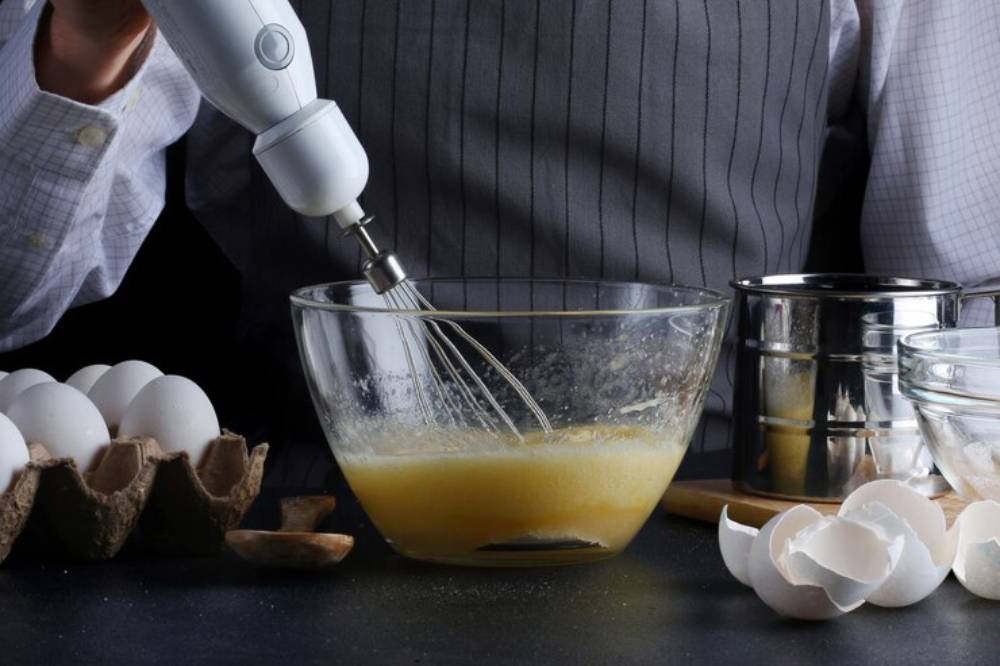
Emulsion sauces might seem like the realm of professional chefs, but in truth, they’re highly accessible — once you understand the balance between fat, liquid, and movement. Whether you’re preparing a zesty vinaigrette for a summer salad or a glossy hollandaise for brunch, knowing how to create and maintain emulsions puts you in command of both flavour and texture.
The takeaway? You don’t need more ingredients — you need more understanding. And once that clicks, your sauces will sing.
So grab your whisk, trust your hands, and emulsify with confidence. The texture your dishes deserve is just a stir away.
